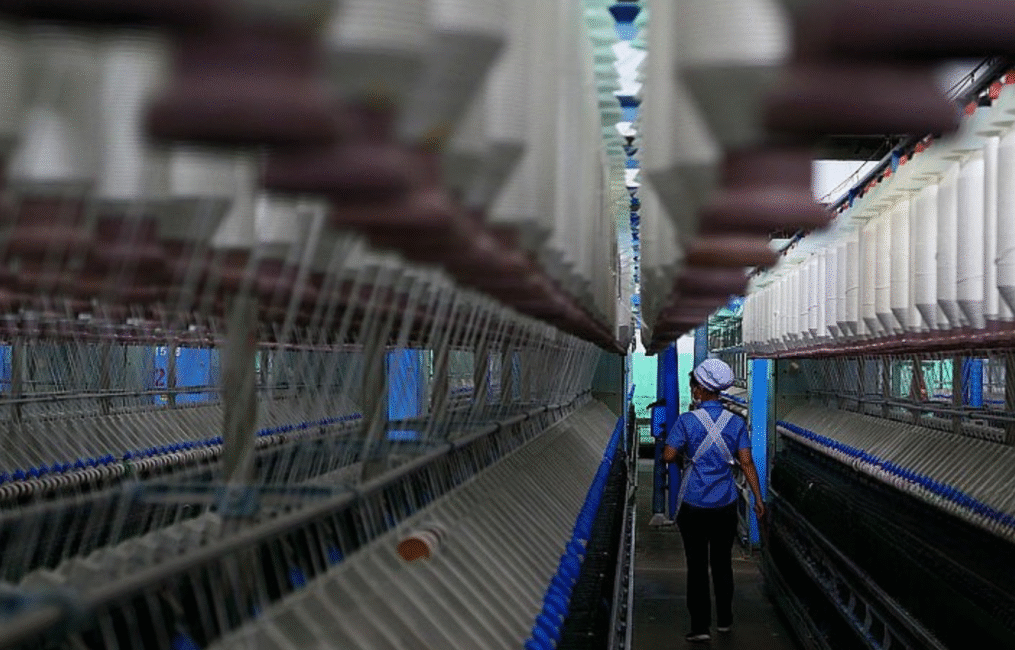Поливиниловый спирт (ПВС) как вспомогательное текстильное вещество: основные требования к шлихтовке основы и отделке для придания жесткости
PVA играет важную роль в текстильной обработке для проклейки основы и придания жесткости отделкам. Для проклейки высокоалкоголизный (≥99%), высокоDP PVA (например, PVA-1799) укрепляет хлопчатобумажную пряжу, в то время как варианты с частичным алкоголизом (~88%) подходят для синтетики. При придании жесткости высокоалкоголизный PVA обеспечивает постоянную жесткость для тяжелых тканей, а типы с частичным алкоголизом обеспечивают временную жесткость для легких материалов. Степень полимеризации влияет на прочность пленки (высокая DP) или гибкость (низкая DP). Оптимальный выбор PVA по алкоголизу и DP уравновешивает производительность ткачества, управляемость ткани и долговечность отделки, что делает его необходимым для эффективного текстильного производства.

1. Introduction
Polyvinyl Alcohol (PVA) is a widely used water-soluble polymer in textile processing, particularly in warp sizing и stiffening finishing. Its performance in these applications depends heavily on two critical parameters:
- Alcoholysis Degree (AD): The percentage of hydroxyl (–OH) groups replacing acetate groups in the PVA chain.
- Polymerization Degree (DP): The average number of repeating monomer units in the PVA molecule.
This article explores the specific requirements for PVA in warp sizing and stiffening finishing, along with the optimal alcoholysis degree and polymerization degree for each application.
2. PVA in Warp Sizing
2.1 Key Requirements for Warp Sizing
Warp sizing aims to:
- Enhance yarn strength to withstand weaving tension.
- Reduce yarn hairiness to minimize breakage.
- Improve abrasion resistance for high-speed looms.
- Ensure easy desizing (removal after weaving).

2.2 Optimal PVA Specifications for Sizing
| Параметр | High Alcoholysis (≥99%) | Partial Alcoholysis (~88%) |
|---|---|---|
| Растворимость | Hot water (>85°C) | Cold or warm water (~60°C) |
| Film Strength | High (rigid film) | Moderate (flexible film) |
| Adhesion | Best for cotton, viscose | Better for synthetics (polyester, nylon) |
| Desizing Difficulty | Harder (needs hot water/enzymes) | Easier (cold water soluble) |
Polymerization Degree (DP) Selection
- High DP (1700-2500, e.g., PVA-1799):
- Provides superior film strength, ideal for high-speed weaving (e.g., denim, canvas).
- Higher viscosity requires higher temperature dissolution.
- Medium DP (1000-1700, e.g., PVA-1788):
- Balanced penetration and film strength, suitable for cotton-polyester blends.
- Low DP (500-1000, e.g., PVA-0588):
- Easy dissolution, good for fine yarns (e.g., voile, shirting fabrics).
Recommended PVA Grades for Sizing
- 100% Cotton (High-Density Weaving): PVA-1799 (99% AD, DP 1700-1800).
- Polyester-Cotton Blends (T/C): PVA-1788 (88% AD, DP 1700-1800).
- Pure Synthetic Fibers (Polyester/Nylon): PVA-0588 (88% AD, DP 500-600).
3. PVA in Stiffening Finishing
3.1 Key Requirements for Stiffening
Stiffening agents must:
- Provide temporary or permanent stiffness depending on fabric end-use.
- Maintain flexibility to avoid brittleness.
- Be compatible with other finishing chemicals (e.g., softeners, resins).

3.2 Optimal PVA Specifications for Stiffening
| Параметр | High Alcoholysis (≥99%) | Partial Alcoholysis (~88%) |
|---|---|---|
| Stiffness Level | High (crisp handle) | Moderate (softer handle) |
| Water Resistance | Excellent (heat-treated) | Poor (dissolves in water) |
| Прочность | Long-lasting | Temporary (wash-off easily) |
Polymerization Degree (DP) Selection
- High DP (1700-2500):
- Maximum stiffness, used in heavy fabrics (e.g., canvas, upholstery).
- Medium DP (1000-1700):
- Balanced stiffness & flexibility, for apparel fabrics (e.g., shirt collars).
- Low DP (500-1000):
- Soft stiffening, for lightweight fabrics (e.g., linings, embroidery backing).
Recommended PVA Grades for Stiffening
- Permanent Stiffness (e.g., formalwear, industrial fabrics): PVA-1799 (99% AD, high DP).
- Semi-Durable Stiffness (e.g., dress shirts): PVA-1788 (88% AD, medium DP).
- Temporary Stiffness (e.g., embroidery stabilizers): PVA-0588 (88% AD, low DP).
4. Conclusion
- Warp Sizing:
- High-alcoholysis (99%) + high-DP PVA for cotton & high-speed weaving.
- Partial-alcoholysis (88%) + low-DP PVA for synthetics & easy desizing.
- Stiffening Finishing:
- High-alcoholysis PVA for permanent stiffness (e.g., suiting fabrics).
- Partial-alcoholysis PVA for temporary or flexible stiffening (e.g., lightweight textiles).
By selecting the right alcoholysis degree and polymerization degree, textile manufacturers can optimize weaving efficiency, fabric hand feel, and finishing durability.



